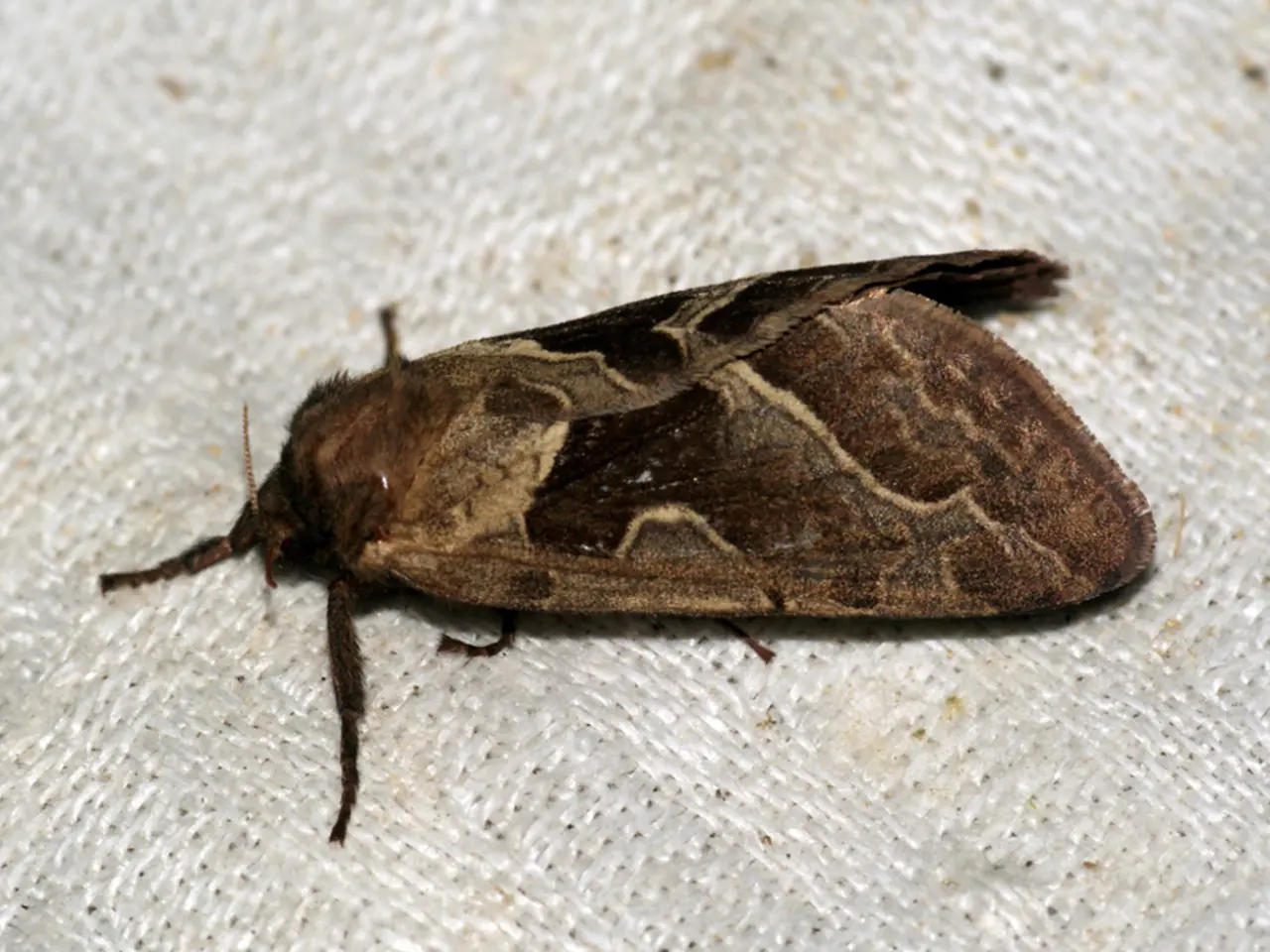Strategies for Managing Symptomatic Lichen Nitidus in Adults and Minors
Lichen Nitidus is a rare, chronic inflammatory skin condition that often presents with small, flesh-coloured or hypopigmented papules, which can be slightly erythematous (reddish) [1]. The diagnosis is largely clinical, based on the characteristic appearance and distribution of lesions.
In most cases, treatment for symptomatic Lichen Nitidus is symptom-directed, aiming to reduce pruritus (itching) or discomfort. The common treatment options include topical corticosteroids as first-line therapy to reduce inflammation and symptoms [2].
Mild to moderate potency corticosteroids are often the first-line treatment for localised disease. However, avoiding irritants such as fragrance-free soaps, detergents, and emollients can also help reduce flare-ups [3]. In more persistent or extensive cases, other treatments like topical calcineurin inhibitors (e.g., tacrolimus or pimecrolimus) might be considered [2].
Topical calcineurin inhibitors are effective alternatives for sensitive areas or long-term use. They provide extra relief from itching in addition to other treatments [4]. Systemic corticosteroids are used for severe and widespread cases [2].
Sun creams can help but excessive and prolonged exposure can irritate or trigger Koebnerization (Koebner Phenomenon) [5]. Loose clothing helps minimise friction, especially in areas likely to become sore or damaged [6].
In children, the disease is often presented with more widespread or generalised distribution, whereas in adults, the lesions are often localised [7]. In children, treatments must prioritise safety and often favour topical therapies due to their lower risk profiles [8].
Regular follow-up is important for Lichen Nitidus patients to ensure that treatments remain appropriate, minimise side effects, and address any new or concerning symptoms promptly [9]. In cases where lesions are symptomatic, cause cosmetic concern, involve sensitive areas, or the disease becomes generalised and persistent or progressive, treatment is needed [10].
In rare, stubborn cases, acitretin, an oral retinoid, can improve extensive lichen nitidus lesions in adults, but its use is limited due to side effects [11]. Low-dose methotrexate has been used in such cases, but its use requires close monitoring for hepatotoxicity and bone marrow suppression [11].
Psychological and social support, such as counselling, peer support groups, or cognitive-behavioural therapy (CBT), can significantly improve quality of life and help individuals learn coping skills for dealing with Lichen Nitidus [12].
In conclusion, the common treatment for symptomatic Lichen Nitidus involves topical corticosteroids and may extend to topical calcineurin inhibitors or systemic agents in resistant cases. However, direct evidence specifically for Lichen Nitidus was not found in the search results [4]. Treatment principles are often extrapolated from lichenoid disorder management [4]. Moisturisers can help soothe irritated skin and restore barrier function [6].
References:
- Lichen Nitidus
- Treatment of Lichen Nitidus
- Fragrance-Free Products and Skin Conditions
- Lichen Planus and Lichen Nitidus: Similarities and Differences
- Sunscreens and Skin Diseases
- Moisturisers and Eczema
- Lichen Nitidus in Children
- Pediatric Dermatology: Principles and Practice
- Management of Lichen Nitidus
- Treatment of Lichen Nitidus
- Treatment of Lichen Nitidus
- Psychological Impact of Skin Conditions
- For Lichen Nitidus patients seeking relief from itching, topical corticosteroids are often the first-line therapy to reduce inflammation and symptoms.
- In cases where topical treatments like corticosteroids and calcineurin inhibitors are not enough, systemic corticosteroids may be used for severe and widespread cases.
- Regular health-and-wellness routines, such as moisturizing the skin with suitable moisturizers, can help soothe irritated skin and maintain its barrier function.
- In addition to medical-condition treatments, psychological support like counseling, peer support groups, or cognitive-behavioral therapy can significantly improve the quality of life for individuals living with Lichen Nitidus.




